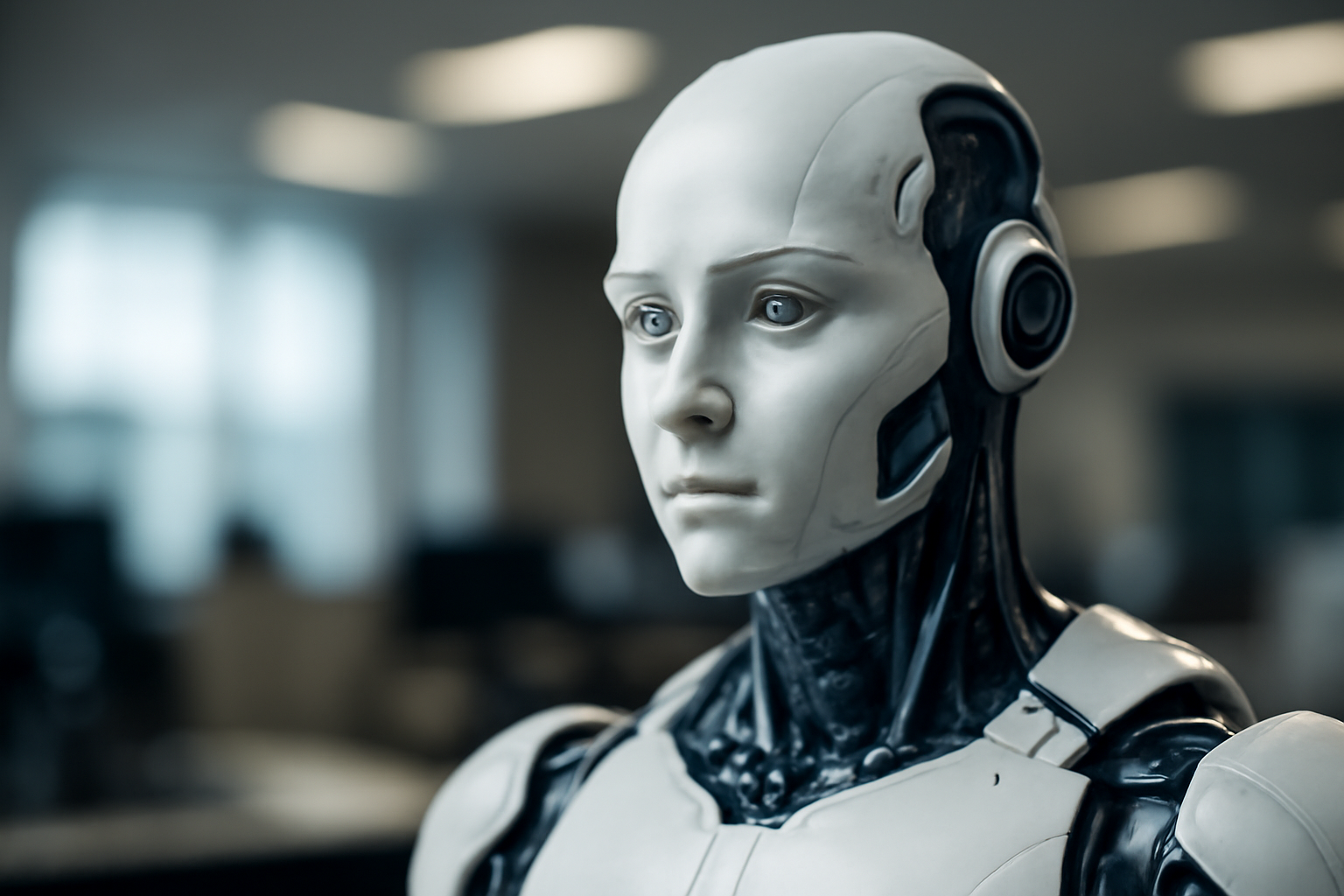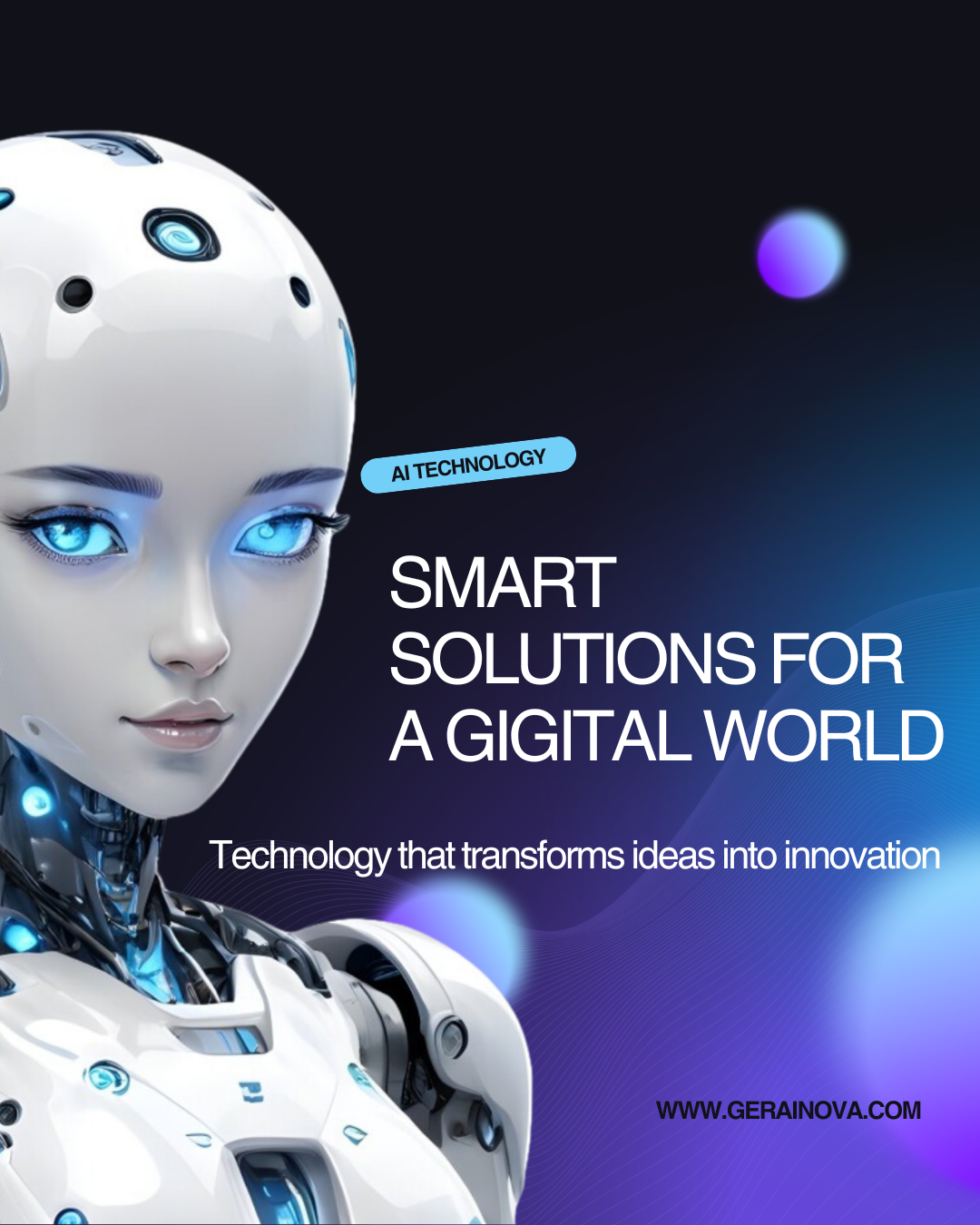In the digital age, technology has become a driving force behind nearly every aspect of human life. From how we communicate to how we work, technology is reshaping industries and altering the very fabric of the job market. As we witness the rise of automation, artificial intelligence (AI), and other technological innovations, the way people approach their careers, work environments, and skill sets is transforming dramatically.
While technology has led to increased productivity and innovative work solutions, it has also created significant challenges, including job displacement, the need for reskilling, and evolving work dynamics. This article explores the profound impact technology is having on the job market, highlighting both its positive contributions and the challenges that lie ahead.
The Role of Automation in Changing the Job Landscape
One of the most significant technological developments influencing the workforce today is automation. Automation refers to the use of machines, software, or systems to perform tasks that were traditionally done by humans. From manufacturing and logistics to administrative tasks, automation is taking over repetitive, time-consuming, and sometimes dangerous jobs.
Automation in Manufacturing and Logistics
In industries like automotive manufacturing, robots have been deployed to assemble vehicles with greater speed, precision, and consistency. Similarly, in warehouses, companies like Amazon have implemented robotics and automation to streamline operations, speeding up order fulfillment and reducing human error. While this has led to higher productivity and reduced costs, it has also raised concerns about job loss. In the past, factory workers who performed manual labor have been replaced by machines, forcing many workers to transition to other roles.
However, automation is not always a direct replacement for workers. In many cases, it augments human capabilities rather than eliminating the need for human involvement entirely. For example, while robots handle heavy lifting and repetitive tasks, humans are still needed for more complex decisions, quality control, and supervision. This creates a shift in the type of roles available, where workers need to engage with technology and operate alongside automated systems.
Automation in Service Industries
The service industry is also experiencing automation. Self-service kiosks at fast food restaurants, AI chatbots providing customer service, and even self-checkout stations in supermarkets are becoming commonplace. These innovations help businesses reduce operational costs and improve efficiency, but they also reduce the need for human labor in certain service roles.
While automation may eliminate some low-skill jobs, it also creates new opportunities. Customer support roles are evolving, with many companies now relying on AI-driven assistants to handle initial inquiries. However, these systems often escalate more complex issues to human agents. This shift is driving the demand for higher-level skills in problem-solving, emotional intelligence, and advanced technical expertise.
Artificial Intelligence: A Double-Edged Sword for Employment
Artificial Intelligence (AI) is a rapidly growing field that uses algorithms, data, and computing power to simulate human-like intelligence. AI is transforming industries, from healthcare and finance to education and retail. Its ability to process vast amounts of data and make decisions in real-time has led to improvements in efficiency, personalization, and innovation.
AI in Healthcare
In healthcare, AI is being used for diagnostics, predictive analytics, and drug discovery. For example, AI algorithms can analyze medical images, identify patterns, and help doctors diagnose conditions like cancer, often more accurately than human doctors alone. AI also assists in personalized medicine by analyzing genetic data and recommending treatment plans tailored to individual patients.
However, while AI is enhancing the capabilities of healthcare professionals, it is also raising questions about job displacement. Some administrative roles, like medical billing and scheduling, are increasingly being automated. Additionally, AI’s growing ability to process data and provide diagnostic suggestions could eventually reduce the need for certain jobs in diagnostic imaging or clinical research.
AI in Finance and Customer Service
In the financial sector, AI is being used for algorithmic trading, fraud detection, and risk assessment. It analyzes large datasets to identify market trends and make investment decisions more quickly and accurately than human traders. Similarly, AI-powered chatbots and virtual assistants are handling customer service inquiries, processing transactions, and providing support for routine tasks. While these technologies improve efficiency and reduce operating costs, they may result in fewer customer service jobs.
In the long run, AI will likely eliminate certain jobs but create opportunities in fields like AI development, data science, and machine learning engineering. However, the shift to AI requires workers to upskill and adapt to new roles that demand specialized knowledge in AI, coding, and data analysis.
The Gig Economy: Technology’s Role in Shaping Flexible Work
In recent years, the rise of technology has led to the growth of the gig economy—a labor market characterized by short-term, flexible, and freelance jobs. Technology platforms like Uber, Lyft, Airbnb, and TaskRabbit have created opportunities for individuals to work on-demand, setting their own schedules and working remotely. This shift is appealing to those seeking flexible work arrangements and autonomy.
Benefits of the Gig Economy
The gig economy allows people to work from virtually anywhere, offering greater flexibility in terms of work-life balance. Technology enables workers to access job opportunities, communicate with clients, and get paid—all via mobile apps. For individuals in regions with fewer traditional job opportunities, the gig economy offers a chance to earn an income.
Moreover, the digital nomad lifestyle, enabled by remote work tools like Zoom, Slack, and Trello, allows professionals to work for companies around the world, contributing to a more globalized workforce.
Challenges in the Gig Economy
However, the gig economy is not without its challenges. Gig workers often face job insecurity, lack of benefits, and limited access to healthcare or retirement plans. Since gig workers are typically considered independent contractors rather than employees, they are not entitled to the same protections as traditional workers.
This shift in employment dynamics also raises concerns about income inequality. While gig work offers flexibility, it does not provide the same stability as traditional full-time employment. As a result, workers may struggle to access healthcare, paid leave, and other social benefits.
Reskilling and Upskilling: The Key to Adaptation
With technology advancing at such a rapid pace, the demand for new skills is constantly evolving. The skills that were in demand a decade ago are no longer as relevant in today’s technological landscape. As a result, workers are required to reskill and upskill to stay competitive in the job market.
Reskilling and Upskilling: What’s the Difference?
- Reskilling refers to learning new skills in a completely different field. For example, a worker in a manufacturing job might learn how to work with robotics and automation systems, transitioning to a new role in a more technologically advanced industry.
- Upskilling, on the other hand, refers to improving and advancing existing skills to meet the demands of new technologies. For instance, a data analyst might upskill by learning more advanced data science techniques, such as machine learning or AI.
The Importance of Lifelong Learning
In today’s rapidly evolving job market, the ability to adapt and learn new skills is more important than ever. Many experts argue that lifelong learning will become a necessity for career advancement and job security. Workers must embrace continuous education and stay current with technological trends to remain competitive.
Technology companies and educational institutions are responding to this need by offering online courses, workshops, and certifications that make learning accessible to everyone, regardless of their background. Platforms like Coursera, edX, and Udacity provide a wide range of online courses in fields like data science, AI, cybersecurity, and digital marketing.
The Future of Work: Hybrid Models and Automation
The future of work is likely to involve a hybrid model that blends remote work with in-office collaboration. As technology continues to evolve, companies are adopting more flexible work arrangements, allowing employees to work from home or other locations while still being part of a team. Technologies like cloud computing, project management software, and video conferencing have made remote work more viable than ever before.
At the same time, automation will continue to reshape industries. While it will lead to the displacement of some jobs, it will also create new opportunities for workers to engage in more meaningful, creative, and strategic roles. The workplace of the future will likely focus on collaboration between humans and machines, with AI handling routine tasks while humans focus on innovation, problem-solving, and leadership.
Conclusion: Embracing Technology in the Workforce
Technology’s impact on the current job market is undeniable. It is reshaping industries, redefining work, and creating new opportunities for those who are willing to adapt and learn. However, it also brings challenges, including job displacement, income inequality, and the need for reskilling.
As we continue to integrate technology into our daily lives and work processes, it is crucial for both individuals and businesses to embrace the opportunities that come with these changes. By reskilling, upskilling, and adapting to new roles, workers can thrive in this evolving landscape, ensuring that technology serves as a tool for growth, innovation, and positive change in the workplace.
The future of work is exciting, but it requires adaptability, continuous learning, and a willingness to embrace technological advancements. Those who can navigate this rapidly changing environment will not only survive but also thrive in the workforce of tomorrow.



















